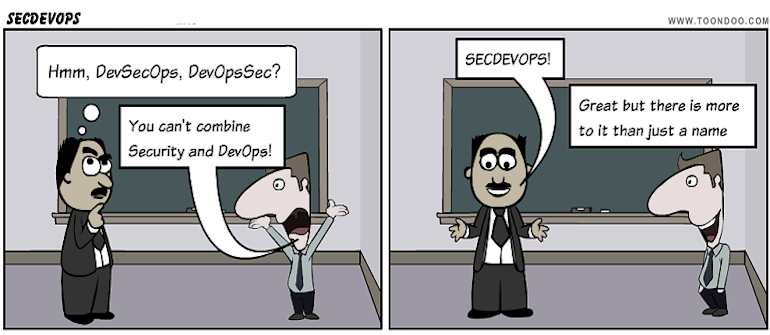Facebook Preaches Open Networks
At the Open Networking Summit, Facebook's Omar Baldonado stresses the need for open network designs.Featured Article – Network Virtualization: Addressing the Lab Equipment Challenge
 NetOps teams need environments where they can build and validate their scripts and applications.
NetOps teams need environments where they can build and validate their scripts and applications.
The Future of Networking – Demonstrated at the AFCEA Defensive Cyber Operations Symposium
Plexxi is excited to be participating at the AFCEA Defensive Cyber Operations Symposium June 16 – 18 at the Baltimore Convention Center with our partners CloudGov and PSSC Labs in booth# 7071!
For anyone attending the AFCEA show, be sure to stop by to see the Defense Information Systems Agency (DISA) where they will be doing an SDN Use Case Proof of Concept (POC) demonstration. Plexxi is honored to be a featured technology in this POC.
Some of the key points and functionality highlighted in the SDN Use Case Proof of Concept Presentations video below are:
- Automated provisioning
- Improved end-to-end management and services delivery
- Dynamic bandwidth reallocation and scheduling
- Less time connected in the “box”/VM
- Reduction in requirement for direct equipment access by personnel and management systems
- Control plane separation from data plane
See DISA’s full SDN POC video:
The demonstration pod featured at the AFCEA show (a subset demonstration of the full video shown above) highlights how a data center network, integrated with VMware, can increase agility, decrease costs and improve security. Through workflow integration, the data center network is configured through the simple process of creating virtual machines (VMs) in vSphere. Seamless mobility is supported across the entire Continue reading
Cisco dcloud – another way to use virtual routers
Many of you may know about Cisco's dcloud, but if you don't, check out my blog for an explanation: Cisco have a new ACI lab on dcouldRelease of Live Raizo v6.15.06.14p
Hi Live Raizo v6.15.04.15 is released. It is an Linux environment to simulate networks and to test the system administration. ItEIGRP for IPV6 – Lab CCNA for beginners
Hello, I'm here again. New task for beginners in GNS3, now in ipv6. EIGRP IPV6 Topology 1. Enable IPv6 routing using ipv6Multi-datacenter Firewall Policy Automation
Back in that world where I reinvent the commercially available wheel, I’ve been wondering for a while about how to automate the creation of firewall policies in a multi-datacenter environment. This week I started tinkering with possible ways to achieve this, and knocked up some proof of concept code in my favorite untrendy, archaic language, Perl. Don’t say it.
The key issue is that given a firewall request (source IP, destination IP, port) it’s necessary to identify the firewalls and zones to which those rules apply, in order that rules can be automatically built in the right place(s). An additional twist I’ve seen is firewalls that have multiple routing instances, each of which maintains its own set of zones, effectively isolated from each other, even though they’re all on the same firewall.
Graphing Firewalls
I spent a while thinking about ways to model the firewall architecture, and kept on getting caught up on the firewalls with multiple routing instances. Because of the routing isolation, they behave like two separate firewalls, which makes it a little tricky to figure out the correct paths. I also wanted a solution that might also tell me which specific firewall zones were involved in the path; Continue reading
Response: The Wetware Crisis: the Dead Sea effect Or Where Have All the Good Staff Gone
Nodding my head so hard my chin is hitting my chest. "What tends to remain behind is the ‘residue’ — the least talented and effective IT engineers. They tend to be grateful they have a job and make fewer demands on management; even if they find the workplace unpleasant, they are the least likely to be able to find a job elsewhere. "
The post Response: The Wetware Crisis: the Dead Sea effect Or Where Have All the Good Staff Gone appeared first on EtherealMind.
